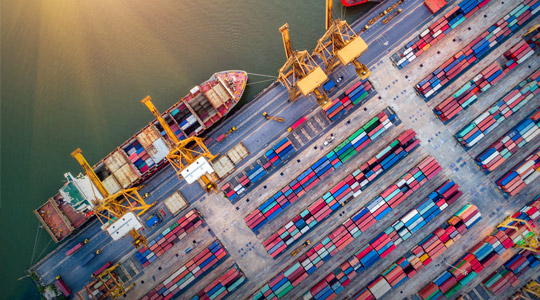Comprehensive Counter UAS Solutions to Safeguard Airspace
In today’s rapidly evolving technological landscape, the proliferation of Unmanned Aerial Systems UAS presents both remarkable opportunities and significant challenges. Drones have become indispensable tools in various sectors, from agriculture and logistics to entertainment and emergency response. However, their increasing accessibility and capabilities also pose substantial threats, necessitating robust Counter-UAS C-UAS solutions to safeguard airspace. Comprehensive C-UAS systems are critical for protecting sensitive areas, such as airports, military bases, critical infrastructure, and public events. These solutions typically involve a multi-layered approach, combining detection, identification, tracking, and mitigation to address the full spectrum of potential threats posed by unauthorized or malicious drones.
Detection and Identification
The first layer in a comprehensive C-UAS system is the detection and identification of drones. Advanced radar systems, electro-optical/infrared EO/IR sensors, and radio frequency RF detection technologies are employed to detect the presence of UAS in the airspace. Radar systems are effective in providing broad coverage and tracking multiple targets simultaneously, while EO/IR sensors offer high-resolution imagery and thermal signatures, enabling precise identification. RF detection is particularly useful for identifying the control signals between the drone and its operator, facilitating the pinpointing of the source.
Tracking and Monitoring
Once a drone is detected, continuous tracking is essential to assess its trajectory and potential threat. Integrated tracking systems combine data from various sensors to provide a comprehensive view of the drone’s movements. This real-time information is crucial for situational awareness, allowing security personnel to evaluate the risk and make informed decisions. Advanced software platforms can analyze the data, offering predictive insights and automating the tracking process to enhance efficiency.
Mitigation and Neutralization
The final layer involves the mitigation and neutralization of the threat. Various countermeasures can be employed, depending on the nature and severity of the risk. Soft kill methods, such as jamming and spoofing, disrupt the communication between the drone and its operator, effectively rendering it uncontrollable. Jamming involves emitting signals that interfere with the drone’s control frequencies, causing it to lose connection and either hovers, return to its launch point, or land. Spoofing, on the other hand, deceives the drone’s GPS system, leading it to navigate away from its intended path. In situations where soft kill methods are insufficient or inappropriate, hard kill options, such as net guns, laser systems, and kinetic interceptors, can be deployed. These measures physically disable or destroy the drone, ensuring it no longer poses a threat. For instance, net guns capture drones in mid-air, while laser systems can damage their critical components. Kinetic interceptors, including specialized projectiles and autonomous drones, can engage and neutralize hostile UAS effectively.
Regulatory and Collaborative Efforts
Effective C-UAS solutions also require regulatory frameworks and collaborative efforts among stakeholders. Governments, regulatory bodies, and industry players must work together to establish clear guidelines and protocols for the safe integration of drones into the airspace while ensuring security. International cooperation is particularly crucial, as drone threats often transcend national boundaries. Sharing intelligence, best practices, and Visit Site technological advancements can enhance global C-UAS capabilities. Safeguarding airspace from unauthorized or malicious drones demands a comprehensive, multi-layered C-UAS approach. By integrating advanced detection, identification, tracking, and mitigation technologies, and fostering regulatory and collaborative efforts, it is possible to address the evolving threats posed by UAS and ensure the safety and security of sensitive areas and critical infrastructure.

